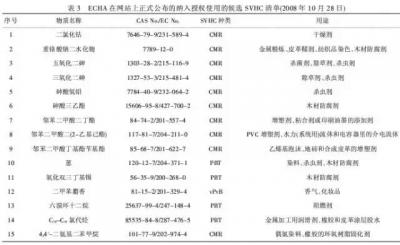In the intricate world of textile manufacturing, where precision meets creativity, every step in the process plays a crucial role in determining the quality and aesthetics of the final product. One often-overlooked hero in this journey from fibers to fashion is the APEO surfactant, quietly transforming textile dyeing processes and elevating the entire industry.
Understanding APEO Surfactants
APEO, or alkylphenol ethoxylates, are a class of surfactants known for their excellent emulsifying and wetting properties. In textile applications, these surfactants have found a special place due to their ability to enhance the dyeing process from start to finish.
Wetting Wonders: APEO Surfactants and Fiber Penetration
The initial stage of any dyeing process involves ensuring that the fabric fibers are adequately wetted. APEO surfactants excel in this area, reducing the surface tension of water and allowing it to spread more easily across the textile. This enhanced wetting capability ensures that the dye solution can penetrate the fibers uniformly, setting the stage for vibrant and consistent coloration.
Emulsifying Excellence: APEO Surfactants and Dye Dispersion
Achieving even dye dispersion is a key challenge in textile dyeing. APEO surfactants act as emulsifiers, breaking down dye molecules into smaller, more manageable droplets. This emulsifying action ensures that the dye is evenly distributed throughout the fabric, preventing blotches or uneven coloration. The result is a textile with a rich and uniform hue.
Color Fastness and Stability: APEO Surfactants' Lasting Impact
Once the dyeing process is complete, the challenge is to ensure that the color remains vibrant and stable over time. APEO surfactants contribute to color fastness by helping the dye molecules adhere firmly to the textile fibers. This improved bonding enhances the fabric's resistance to fading, even after repeated washes or exposure to environmental factors.
Sustainability in Style: A.P.E.O Surfactants and Environmental Impact
Beyond their technical prowess in enhancing dyeing processes, APEO surfactants are also making strides in sustainability. As the textile industry places an increasing emphasis on eco-friendly practices, these surfactants are gaining recognition for their biodegradability and reduced environmental impact compared to some traditional alternatives.
Future Trends: A.P.E.O Surfactants Paving the Way
As the textile industry continues to evolve, the role of APEO surfactants in enhancing dyeing processes is becoming increasingly prominent. Manufacturers are recognizing the importance of not just producing aesthetically pleasing textiles but also doing so in an environmentally conscious manner.
In the journey from fibers to fashion, APEO surfactants are proving to be invaluable allies, ensuring that each textile produced is a testament to both precision engineering and sustainable practices. As consumers become more mindful of the environmental footprint of their purchases, the impact of APEO surfactants on enhancing dyeing processes aligns perfectly with the ethos of a fashion industry that is both vibrant and responsible.



 English
English  日本語
日本語  Español
Español  tiếng việt
tiếng việt  Türkçe
Türkçe  ไทย
ไทย  українська
українська  हिंदी
हिंदी  বাঙালি
বাঙালি  اردو
اردو 

